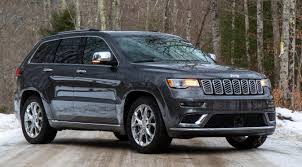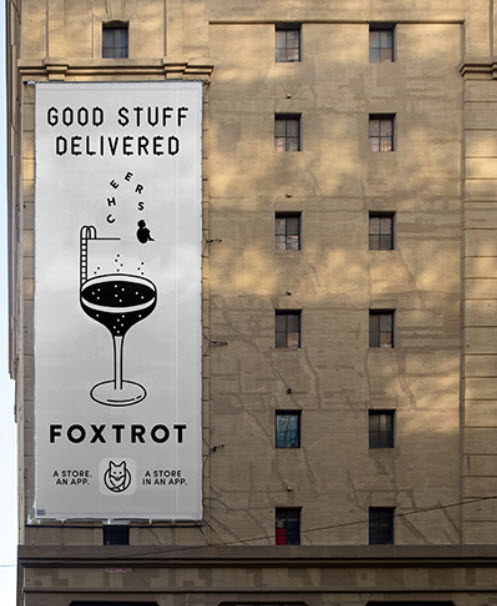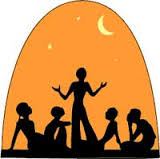Marketing and Branding Are Different.
I was listening to a segment on Fox Sports Radio…I said sports radio… and one of the guys was talking about the NBA logo and its value. I may have misheard but its possible someone had suggested putting Kobi’s likeness in the logo. The talk show host, it might have been Ben Maller, was against the idea suggesting it’s bad business to mess around with a very recognizable logo — one with so much brand equity.
He went on to say “Marketing is the battle of perception not products,” and I go all “Whoa, hold up.”
Au contraire sir. Marketing is, most definitely, the battle of product. “Sell more, to more, more times, at higher prices” said Sergio Zyman.
Brand Strategy is the battle of perception. Brand Strategy is the brain work, the mental conditioning, the preference creation that leads to predisposition. Brand strategy is words on paper that directs the mental outcomes that change consumer behavior. Moving a consumer closer to a sale. Marketing encompasses the tactics – governing product, price, place and promotion – that activate a sale.
These words are not interchangeable. Brand Strategy is strategy. And marketing is the mission critical plumbing that makes it happen.
Peace.










